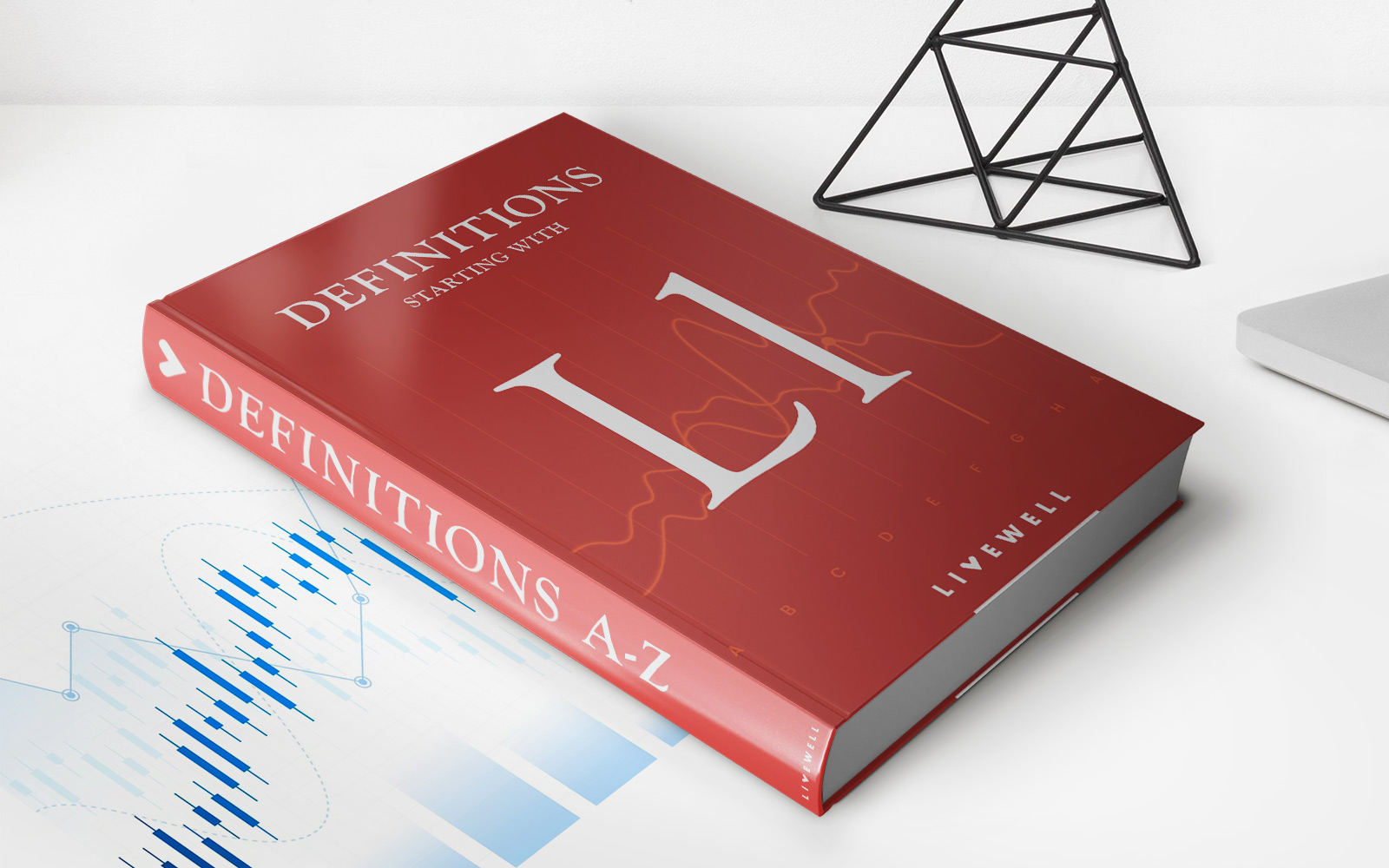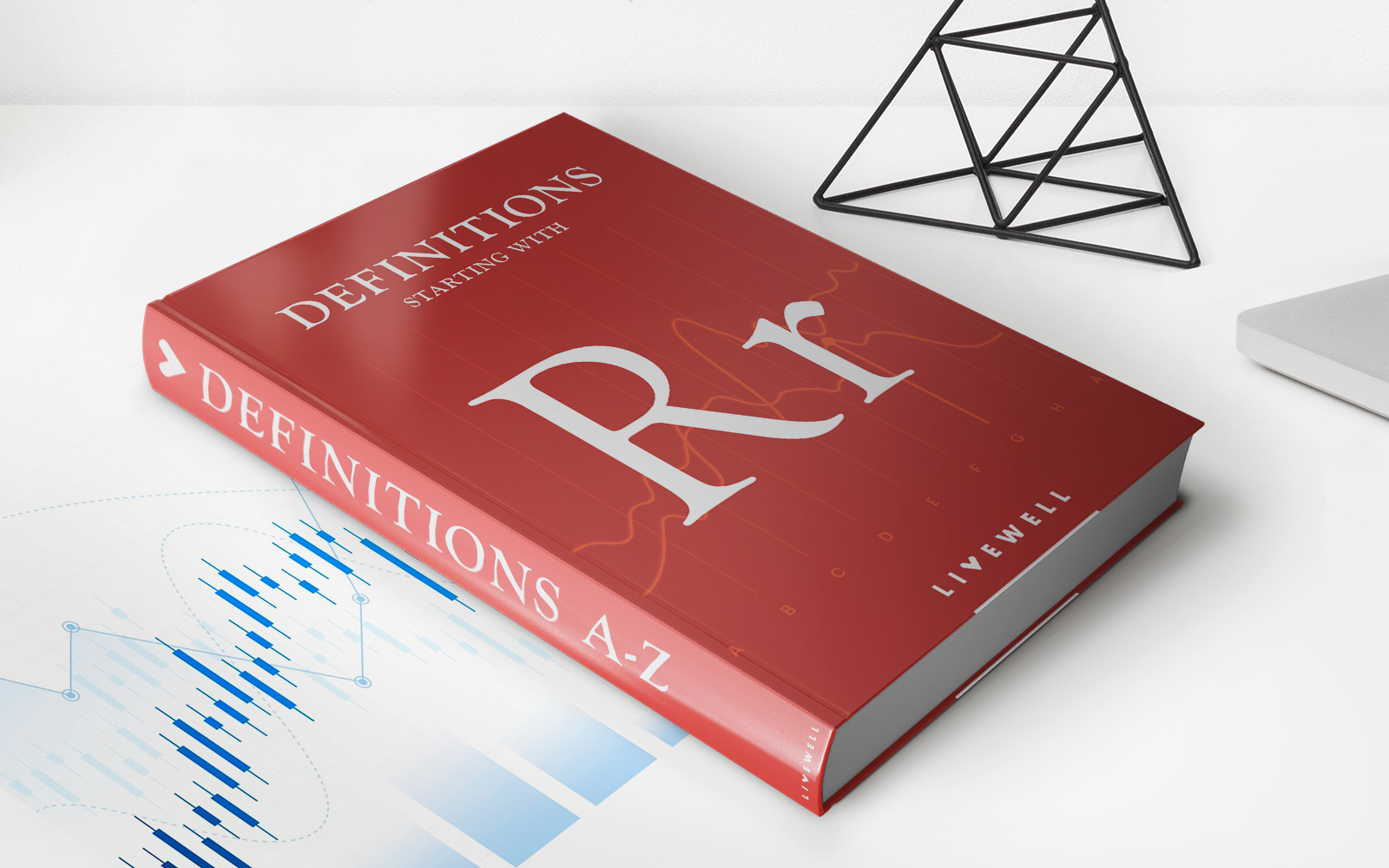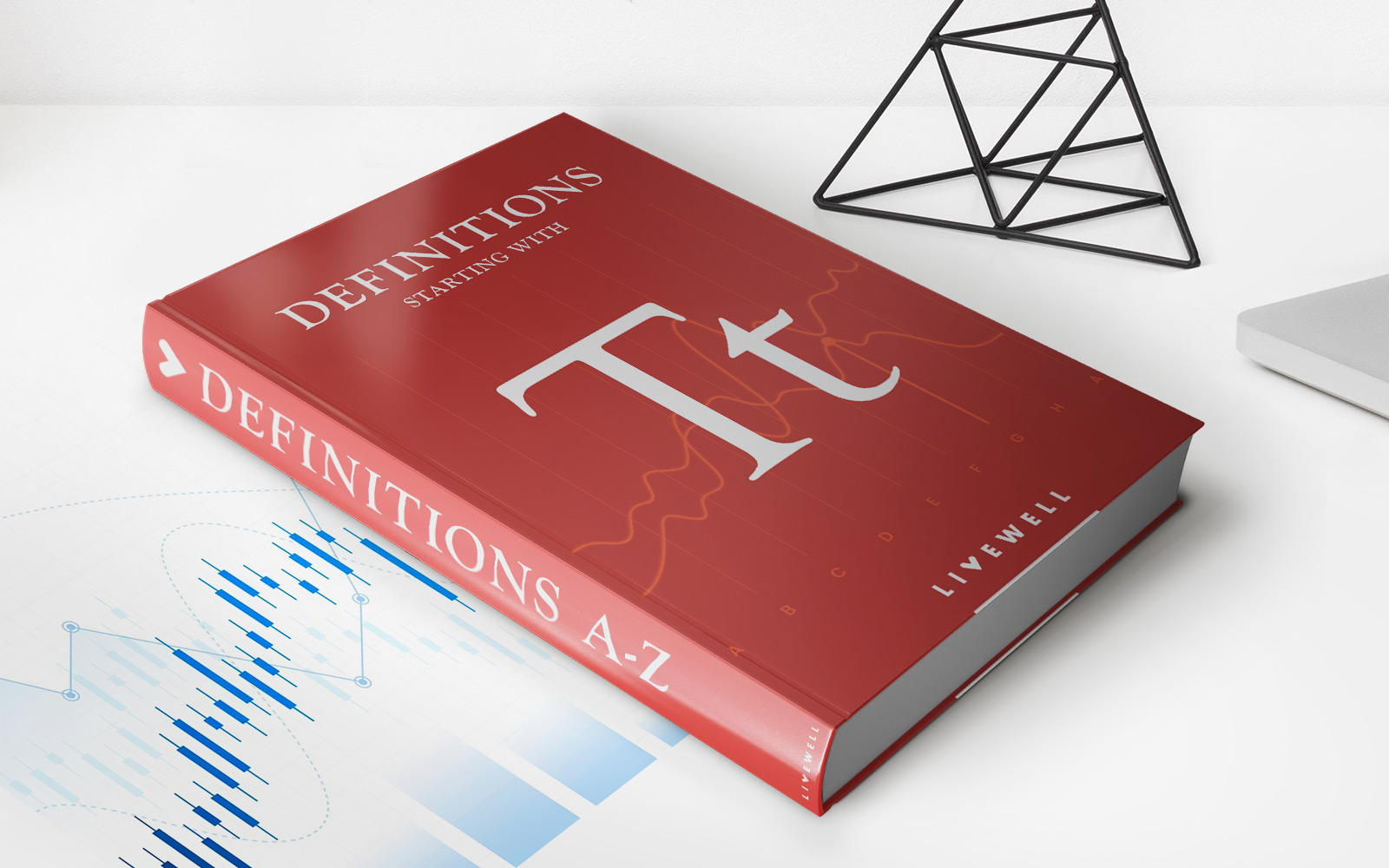Home>Finance>What Is A Levy? Definition, How It Works, And Examples


Finance
What Is A Levy? Definition, How It Works, And Examples
Published: December 17, 2023
Learn the definition, workings, and examples of a levy in finance. Understand how levies are implemented and their impact on businesses and individuals.
(Many of the links in this article redirect to a specific reviewed product. Your purchase of these products through affiliate links helps to generate commission for LiveWell, at no extra cost. Learn more)
What Is a Levy? Definition, How It Works, and Examples
When it comes to managing our finances, understanding different financial concepts is essential. One such concept that often arises is a levy. But what exactly is a levy, how does it work, and what are some examples? In this blog post, we’ll delve into the world of levies to provide you with a comprehensive understanding of this financial term. So, let’s get started!
Key Takeaways:
- A levy is a legal seizure of assets to satisfy a debt or claim owed by an individual or business.
- Levies can be imposed by government agencies, such as the IRS or state tax authorities, as well as creditors and judgment holders.
What is a Levy?
A levy is a legal seizure of assets to satisfy a debt or claim owed by an individual or business. When an individual or business fails to meet their financial obligations, the entity owed the money can take legal action to recover what is owed to them. One common method employed in these cases is to levy the debtor’s assets.
Levies can be imposed by government agencies, such as the Internal Revenue Service (IRS) or state tax authorities, to collect unpaid taxes. Additionally, creditors and judgment holders can also initiate levies to recoup money owed to them.
How Does a Levy Work?
When a levy is initiated, the entity owed money obtains a court order or approval to seize the debtor’s assets. These assets can include bank accounts, wages, real estate, vehicles, and other valuable property. The seized assets are then used to satisfy the debt owed.
However, it is important to note that there are legal and procedural requirements that must be followed when imposing a levy. Entities initiating a levy must comply with specific laws and regulations, ensuring a fair and transparent process.
Examples of Levies
Levies can take various forms depending on who is imposing them and the type of debt or claim involved. Here are a few examples of levies:
- Tax Levies: The IRS or state tax authorities can levy an individual or business’s assets to collect unpaid taxes. This can include bank account levies, wage garnishments, and property seizures.
- Bank Levies: Creditors or judgment holders can obtain a court order to levy a debtor’s bank account to recover outstanding debts.
- Wage Garnishments: In some cases, a levy can also be imposed on an individual’s wages. A certain percentage of their income may be deducted to satisfy the debt owed.
- Property Seizures: If a debtor fails to make payments on a secured loan, such as a mortgage or car loan, the lender can initiate a levy to repossess the property.
In Summary
A levy is a legal process used to seize assets to satisfy a debt or claim owed by an individual or business. Government agencies like the IRS and creditors can impose levies to collect unpaid taxes or outstanding debts. These levies can target various assets, including bank accounts, wages, real estate, and vehicles. It is crucial to understand that when faced with a levy, seeking legal advice can be valuable to ensure a fair process and explore potential solutions.














